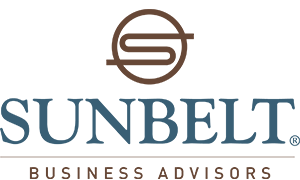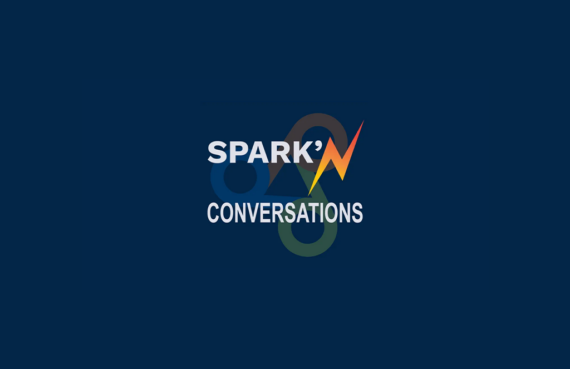CIBC’s Deputy Chief Economist Robert Tal presents on what 2021 will look like amidst the COVID-19 pandemic and the economic impacts it has had.
Sunbelt’s Key Takeaways
* The COVID-19 effect upon the economy is not over but with the vaccine being rolled out, the economy should see a massive recovery in the second half of 2021.
* So called “nonessential” businesses that survived government shutdowns will see a see a rapid recovery as U.S. households have a record amount of cash in savings.
* COVID-19 was an event and not a symptom of a problematic economy. “All of the damages are in the services (industry).” The economic damage is “deep but narrow” and most of the economy is prime for a boom.
Key forecasts from Mr. Tal
How bad will the winter be?
This will be a “double dip” economic down-turn. With the second wave of COVID-19 cases occurring, states manage this with a combination of shut-down policies while balancing what Robert poses as a balance between “lives and livelihood.” Due to the continuation of the pandemic and the various shut-down policies, there is still much uncertainty in the economy and the downturn will continue. Robert goes on to say that these shut-downs will continue until the vaccine is dispersed at a high rate – 90-100% dispersal.
How strong will the second half be?
“There will be a very, very strong second half. The nature of the recession suggests that the recovery will be very strong.” In the summer of 2020, the economy started to bounce back and there was no vaccine. With a vaccine rolled out significantly by the summer of 2021, we will see a massive bounce back.
As the second wave hit, the second economic “dip” occurred (and is occurring). As the vaccine is rolled out to the population the various shut-down policies we have experienced will end. Our society may look different, but a vaccinated population will bring stability and greater economic certainty. The summer of 2020 bounce back serves as a strong indicator that with a vaccine the summer of 2021 will be the start of a true economic bounce back.
This economic recession is different from those of the past. A health crisis affected the entire population and state and federal governments combatted this with shutdown policies. These policies targeted those businesses that were deemed nonessential and affected much less those businesses that were deemed essential. When the shutdown policies are rolled back, the nonessential companies that survived will bounce back. This economic recession was started not by a problem with the economy but rather a health crisis and the stability of the economy remains true. “All of the damages are in the services (industry).” The economic damage is “deep but narrow” and most of the economy is prime for a boom.
Any scarring?
In all recessions, the main long-term effects of any downturn is the pause of growth. The upward trajectory of the economy halts during a recession and this one is no different. Specifically, here are some changes that are likely to occur:
- We will be back in the office
- E-Commerce: trend is up but it is currently exaggerated
- Retail: pent-up demand for offline shopping – quality will be the dividing line
- Online Services: banking, doctors, education
- Leisure travel: will return
- Restaurants: people will line up…
- Business Travel: incomplete recovery. Negative for downtown, business hotels
- Deglobalization trend accelerated
The feds will look to battle inflation after the economy’s health improves. They have been printing money and the question has been not if inflation will happen but how great will it be. They will most likely raise interest rates to combat some of the inflation that will naturally occur due to the amount of stimulus that has been circulated. In any event, the feds will get involved to some degree and the market will watch. The key is to not scare the market. If the feds can manage that the economy should continue to bounce back with little hiccup.




